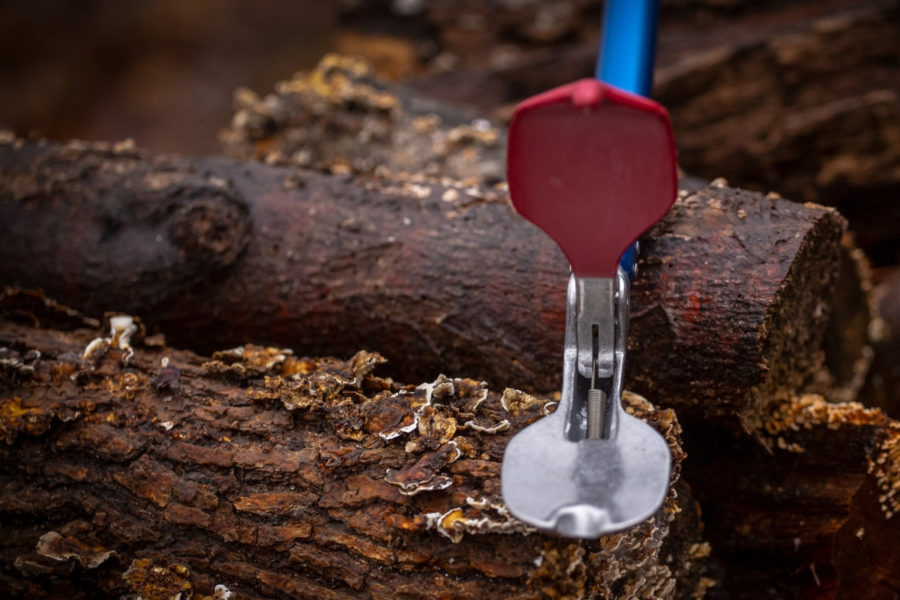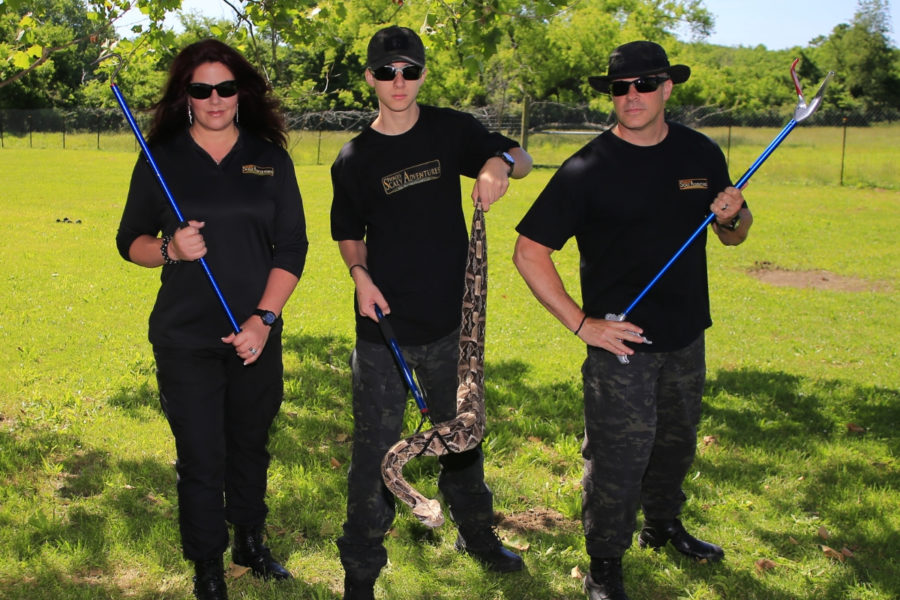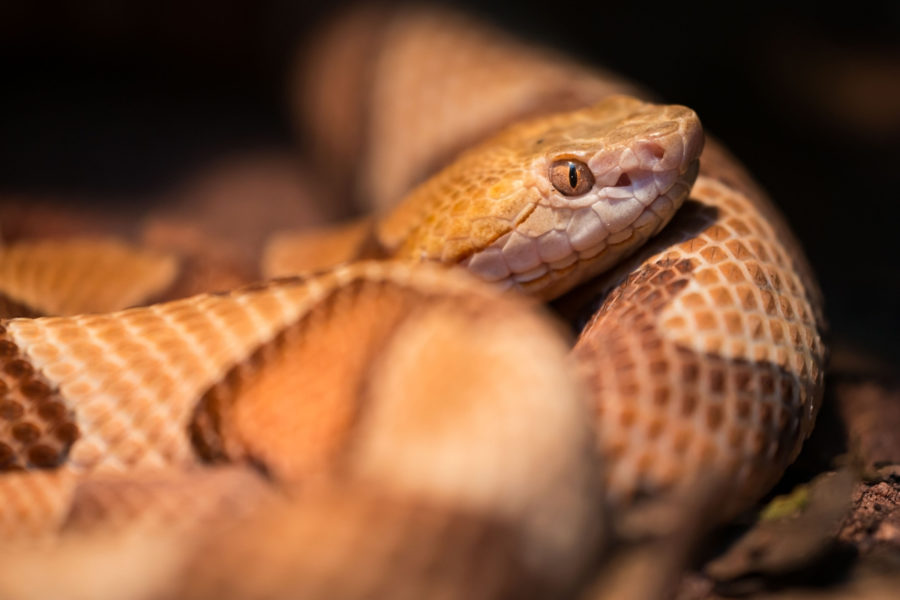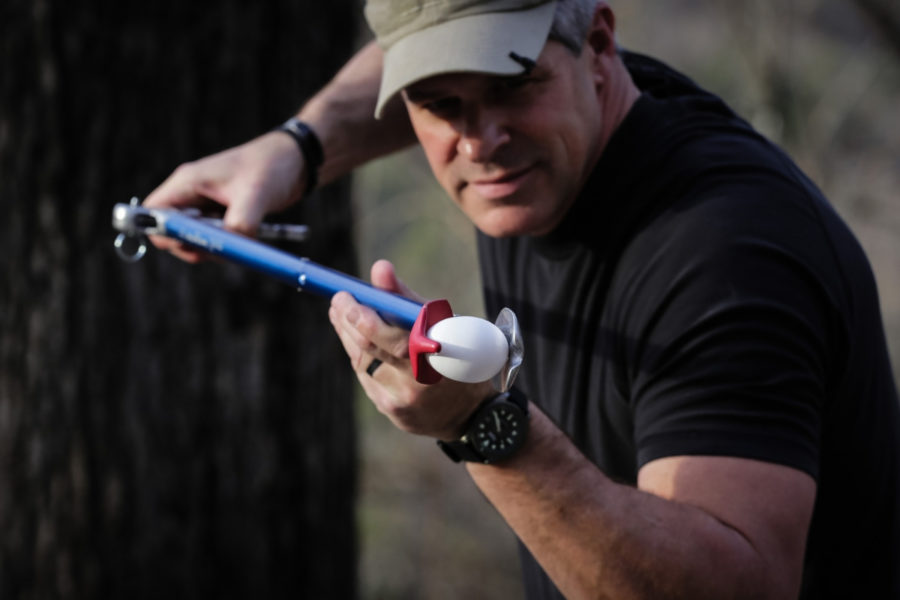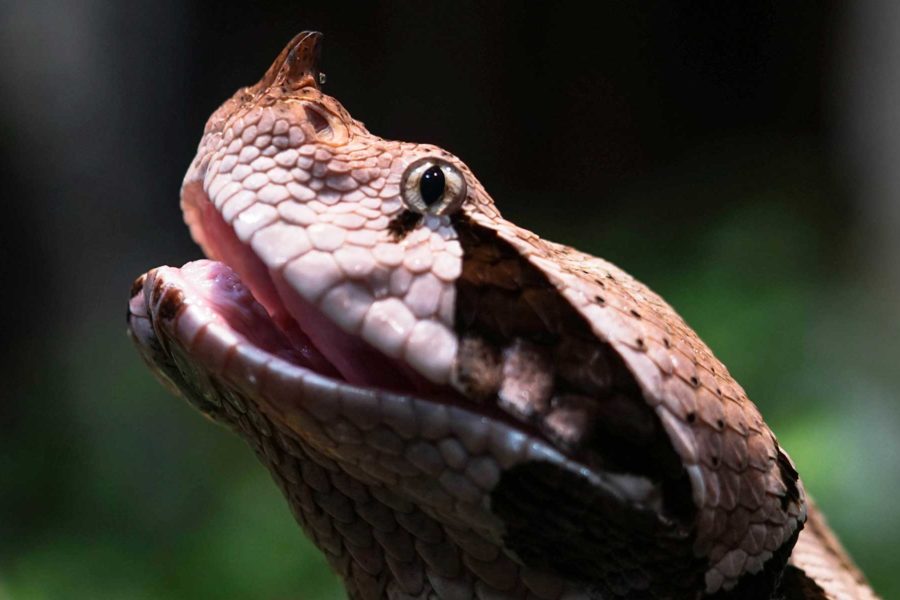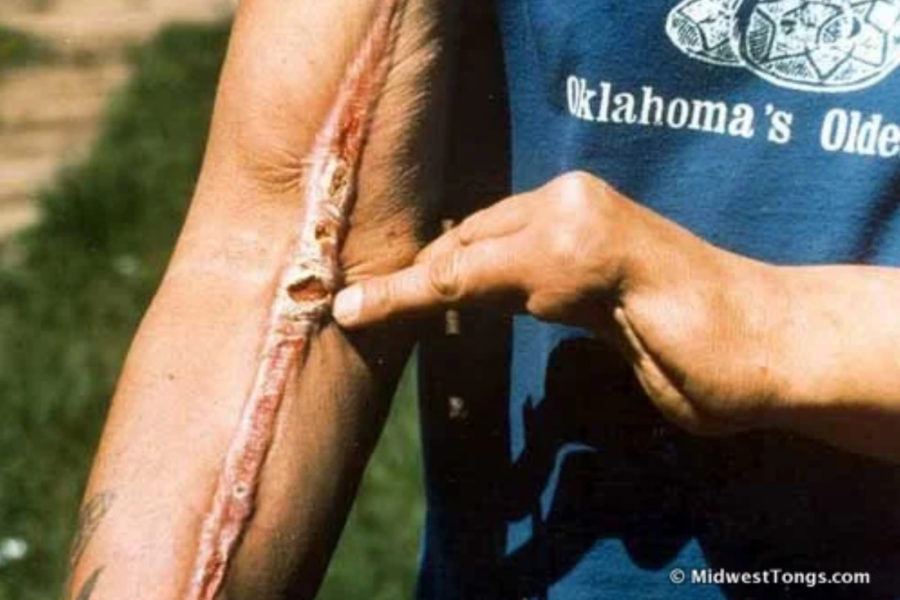So, it happened yesterday, you went outside in the yard on that perfect summer day to enjoy nature only to discover that some nature was already enjoying your yard, in the form of a snake. Worse yet, it was perched right on the warm dunes of your kids’ sandbox! After you recovered from the hot wave of fear that would naturally wash over any parent taking in this sight you realized that you had a problem and you needed to handle it. “But how do I safely remove a snake from the yard?” you ask yourself. “I am not Steve Irwin, and this isn’t Animal Planet!” Well, rest assured that you don’t have to be an animal TV host to safely remove an unwanted scaly visitor from your domain. Below are some practical tips on safe snake removal for “non-snake” people.
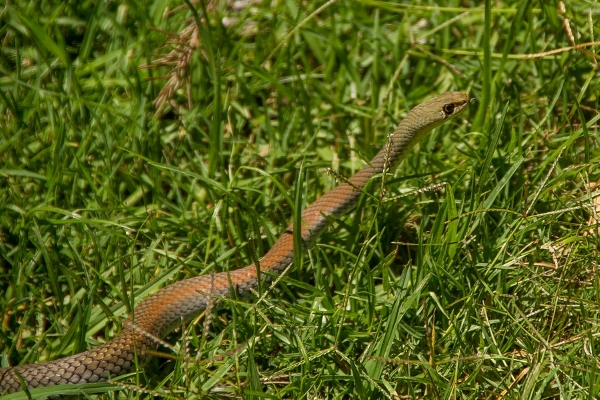
The three most common options for getting rid of UNWANTED SNAKES IN YOUR YARD include:
- You can hire a professional wildlife removal service.
- You can purchase snake traps.
- You can keep some simple tools on hand and safely remove the snake yourself.
1. Hire A Professional Wildlife Removal Service:
Most areas of the country have companies that will come to your home and attempt to remove a nuisance animal from your yard or dwelling. The trouble is, much like taking the car to the mechanic, you hope that the service representative can find the problem. Snakes are experts at hiding and you may be challenged to get someone to come who can find the critter. Also, reputable companies can be expensive, often charging over $120 to $200 for their visit. This can get expensive if you have more than one snake frequenting your yard. Finally, if you choose to hire a professional service, be sure that they are licensed and insured, or you may be liable if they are injured on your property.

2. Purchase SNAKE Traps
Another method to try to remove snakes from your yard is to put out snake traps for the snakes in the hopes that the animal will pass over the trap and get caught. Many people don’t like this option because it can be very inhumane to the animal. Most people want the intruder gone, but prefer to see the animal relocated, not killed. Snakes caught in a trap often suffer before they die from dehydration, starvation or even other animals. Also, a snake in a trap is a snake you will have to deal with eventually. Most traps aren’t designed to allow you to safely release the animal, thus you must kill the animal to safely dispose of it. Also, traps don’t discriminate between the “good guys and the bad guys”. Purchase a trap and you may see a lot of other unintended wildlife collateral damage before you get your intended target. Lizards, turtles, small mammals and sometimes even birds are unintentionally killed by traps set out by homeowners. If you choose to use a trap, select one that is humane and monitor it daily for the best results.
3. Handle the Job Yourself
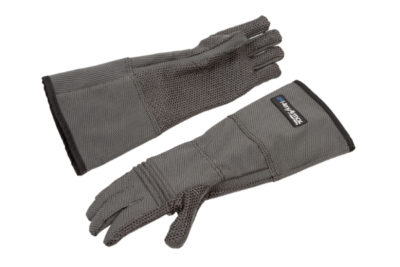
Snake removal is not just for exuberant animal television hosts. Almost any responsible adult can safely remove and relocate a nuisance snake from their yard with a little equipment and a basic understanding of how to properly use those tools. Best of all, for less than the cost of the average removal service call you can own the items to do the job over and over as needed, saving money in the long run.
Most importantly, you do not want to attempt to touch or pick up the snake with your hands. If you are not sure of what you are dealing with, you need to assume that the animal is venomous and treat it appropriately. Novice handling of snakes is one of the leading causes of snakebites in the world. Don’t be a statistic, stay hands off. Gardening gloves are not built to resist snakebites, and neither are most of the gloves in your garage. There are professional handlers gloves for working with snakes and you should only use ones constructed specifically for that purpose. If you want gloves, use only ones designed to resist bites.
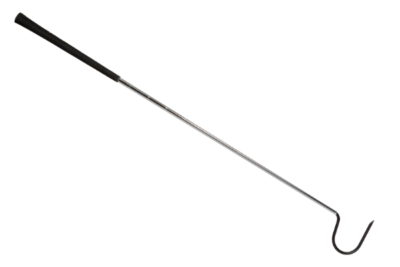
If you live in an area where snakes are prone to be found, such as near woods or a water source it is ideal to have the tools on hand that can keep you and your uninvited guest at a safe distance while handling their relocation.Snake Hooks and Snake Tongs are tools used by professionals to quickly and safely handle even the most dangerous mambas and cobras without placing themselves or the animal at significant risk of injury. Hooks are great for snakes that don’t tend to be fast movers or squirmy. Snake Hooks allow you to quickly scoop up and move the snake to a secure container. Snake Tongs, on the other hand, are used to gently but firmly grasp the snake and offers better control of the animal. Care must be taken not to grip too hard or you will crush the snake’s ribs and possibly kill it. This is easy to avoid, however, as with a little practice, most people can pick up a raw egg with a set of well-constructed tongs and not crush it. Also, both tools are great things to have around the house as they can extend your reach significantly in the pantry, garage, or even to reach that lost sock behind the dryer. (So that’s where it went!)
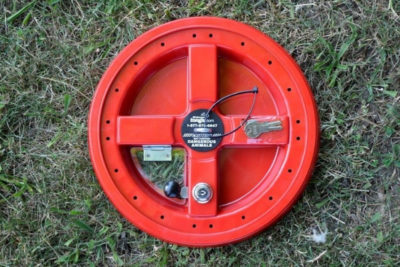
One final thing you need to safely re-home these unwanted visitors is a containment vessel to place them in once you have captured them. Just any old bin isn’t going to work. Too small and you will get bitten closing the lid, too tall and you will have to lean over the animal to deposit it in the receptacle. The ideal thing is a securely fastening bucket and lid system. Professionals use this system and so should you. A secure bucket system offers a 5-gallon bucket with an adapted lid that will screw down and offers a way to open and close the lid while keeping your hands away from the opening. The bucket will allow you to transport the animal to an area where it is safe and legal to release back into the wild. Finally, this bucket should be clearly marked with stickers to warn others of its contents.
In conclusion, your home is your castle, so you should defend it from invaders big and small. Remember, when you are dealing with wild animals, you need to have the proper tools to remain safe and the training necessary to accomplish the task. At Midwest Tongs, we take pride in our products and want you to feel confident in your ability to use them. If you have any questions regarding the safe and humane handling of animals, please feel free to reach out to us. We are here to help!
